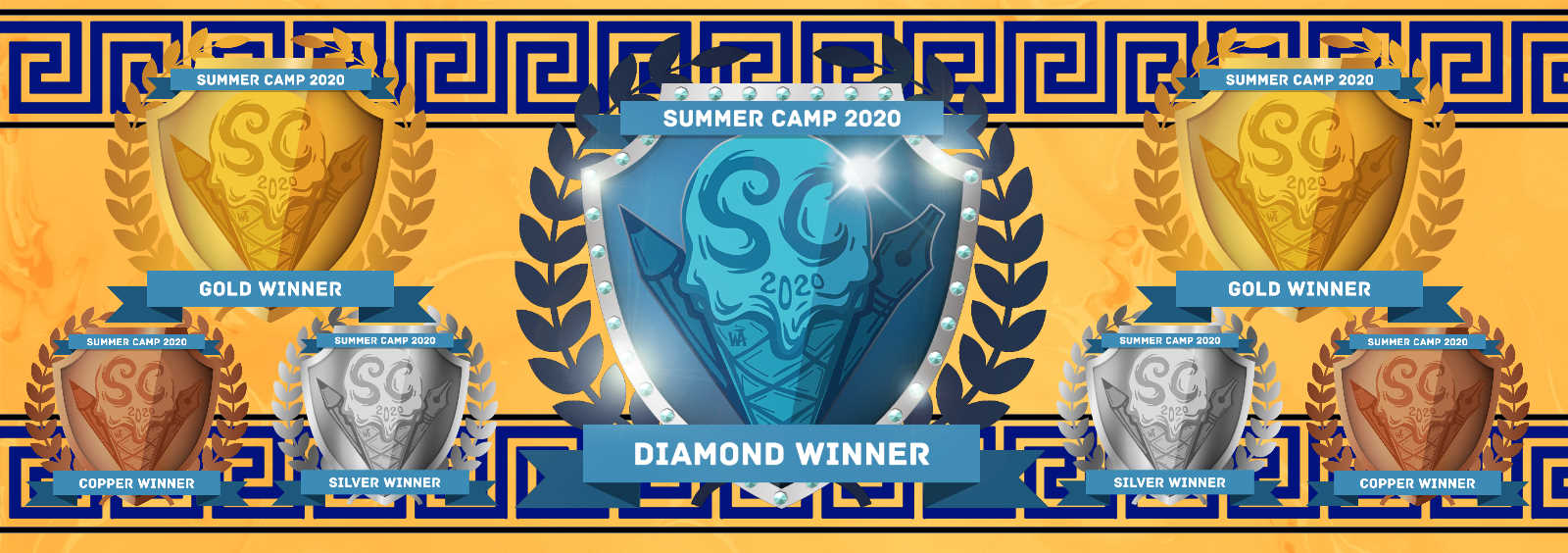Describe a settlement that is famous for a particular resource, product or item created there.
The City of Tyre
Tyre is among the largest and most prosperous coastal cities of the Levant, extending from Canaanite to Phoenician eras through Roman occupation, and continuing into the modern times as part of the country of Lebanon. It is considered one of the world's oldest continually inhabited cities, especially noted as the innovative source of Tyrian Textile Dye Process and Tyrian Cloth.Ancient Tyre
The ancient city consisted of the coastal settlement of Tyre and its offshore sanctuary on the island of Ushu. These were connected by a causeway by Alexander the Great in 332 BCE, which has expanded over time to make the island into a proper peninsula. The continuity of human settlement dates to around 2750 BCE, with previous settlement activity found as far back as 2900 BCE. One founding myth of Tyre is that it was established by Melquart as a favor to the mermaid Tyros, in whose honor Melquart named the settlement. Another founding myth is that two brothers, Usoos and Shamenrum, separated after a fight. Usoos sailed a tree trunk to the island of Ushu and founded the settlement there, consecrating columns there to Wind and Fire. The island of Ushu was said to have been permanently attached to the sea floor by an olive tree gifted by the goddess Asharte, which attracted an eagle that gave itself up to be sacrificed. Although called Sur by its inhabitants, the Classical Greeks knew the city as Tyros, which became Tyrus to the Romans and Tyre in English.Tyre in Greek Mythology
Tyre was said to be the home of a princess named Europa, who was abducted from her home by Zeus, in the form of a fast-swimming bull, and brought to Crete, where she gave birth to three sons who would become Cretan kings and judges in the Underworld. The continent of Europe was named in her honor. Tyrian or Sidonian colonists, including Europa's brother Cadmus, spread the proto-Phoenician alphabet which became the basis for alphabets of many modern languages including English.On This Page:
Elsewhere:
Join World Anvil to subscribe to updates.
Type
City

Comments